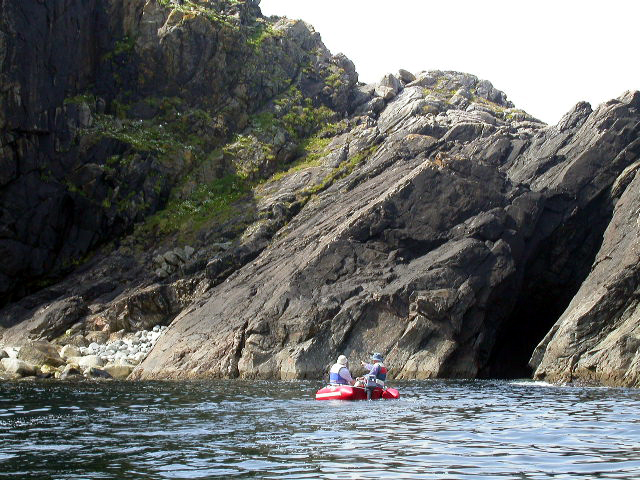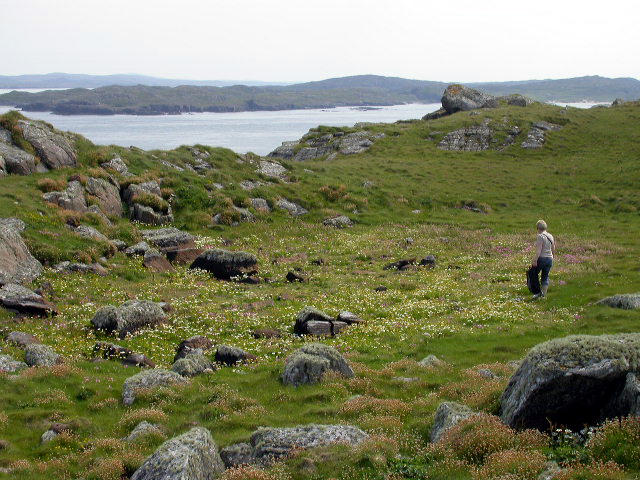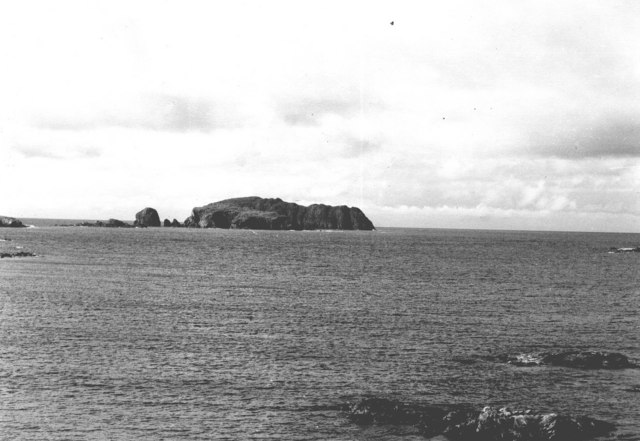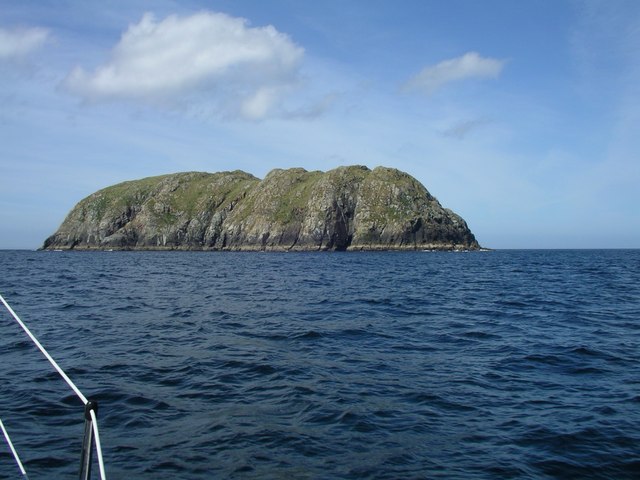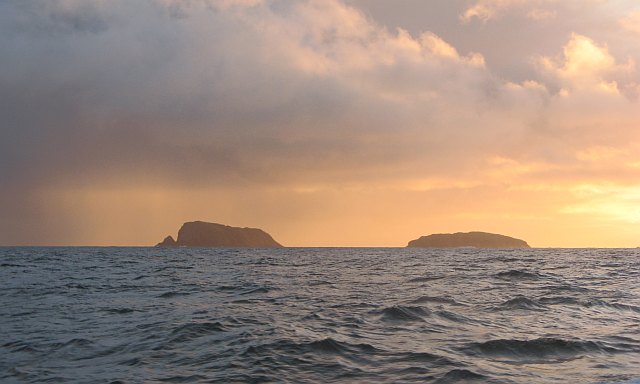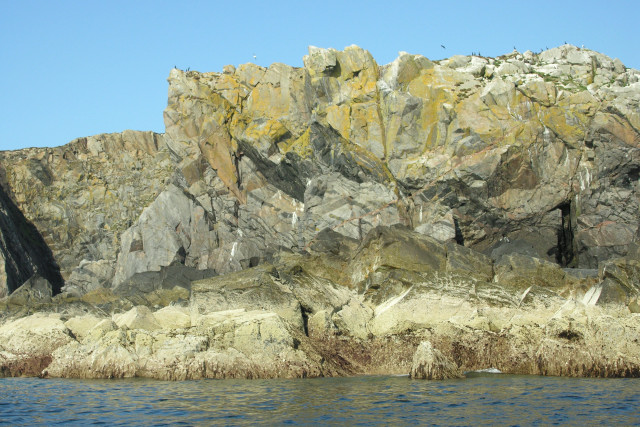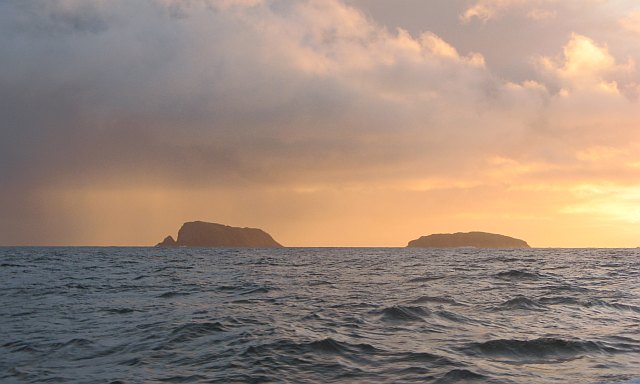Acairsaid na Beinne
Sea, Estuary, Creek in Ross-shire
Scotland
Acairsaid na Beinne

Acairsaid na Beinne is a picturesque coastal area located in Ross-shire, Scotland. Situated on the eastern coast of the country, this area is known for its stunning sea views, estuaries, and creeks. The name Acairsaid na Beinne translates to "the estuary of the mountain," which perfectly captures the natural beauty of this region.
The coastal landscape of Acairsaid na Beinne is characterized by rugged cliffs and rocky shores, providing a dramatic backdrop to the crystal-clear waters of the sea. The area is a popular spot for nature enthusiasts, offering opportunities for bird watching, hiking, and photography. Visitors can often spot a variety of seabirds, including gannets, puffins, and cormorants, as well as seals and dolphins in the surrounding waters.
The estuaries and creeks of Acairsaid na Beinne are home to a diverse range of marine life. The tidal nature of these water bodies creates a unique ecosystem that supports an abundance of plant and animal species. The area is particularly renowned for its shellfish, with local fishermen harvesting mussels and oysters from the estuaries.
In addition to its natural beauty, Acairsaid na Beinne also boasts a rich history. The ruins of an ancient castle can be found perched on a cliff overlooking the sea, serving as a reminder of the area's past. The nearby villages offer charming accommodations and a warm welcome to visitors, who can enjoy exploring the local shops and cafes.
Overall, Acairsaid na Beinne is a captivating coastal area that showcases the best of Scotland's natural wonders. Whether it's the rugged cliffs, the diverse marine life, or the rich history, this region offers something for everyone to enjoy.
If you have any feedback on the listing, please let us know in the comments section below.
Acairsaid na Beinne Images
Images are sourced within 2km of 58.283774/-6.9159459 or Grid Reference NB1143. Thanks to Geograph Open Source API. All images are credited.

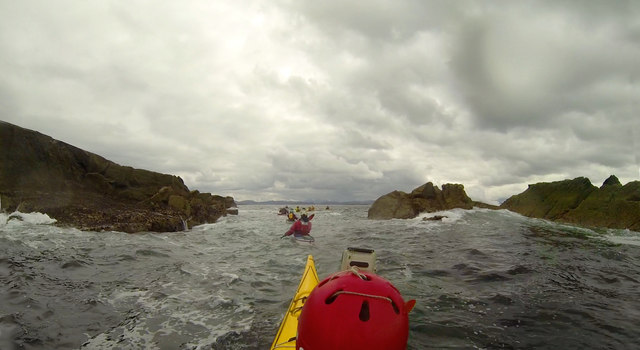
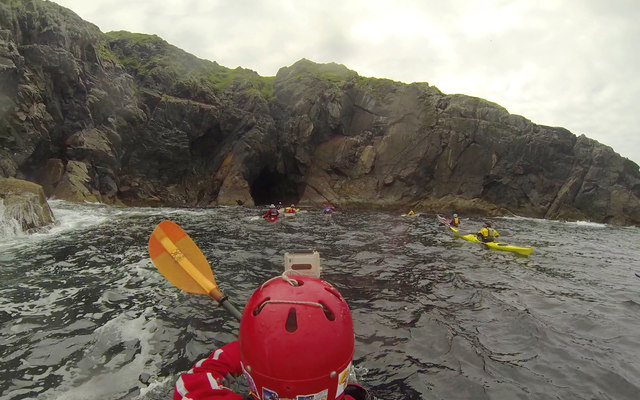
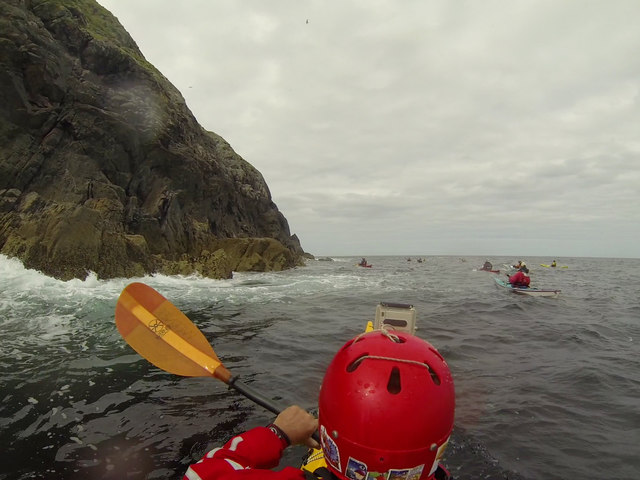
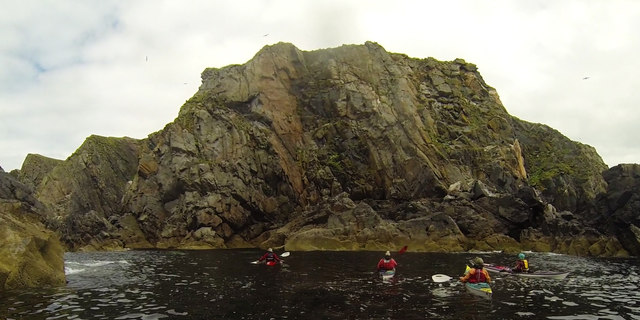
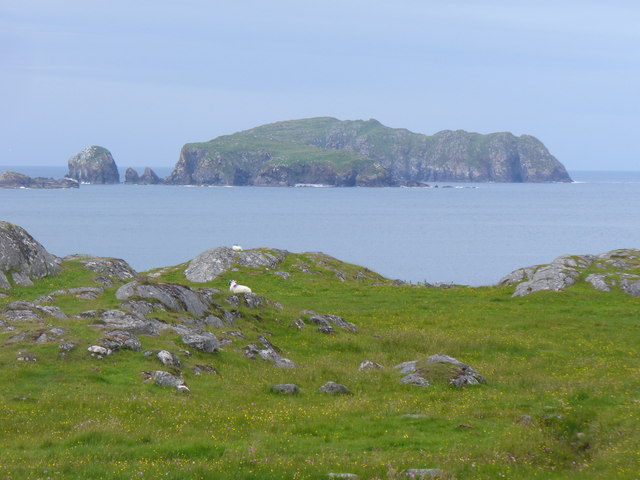
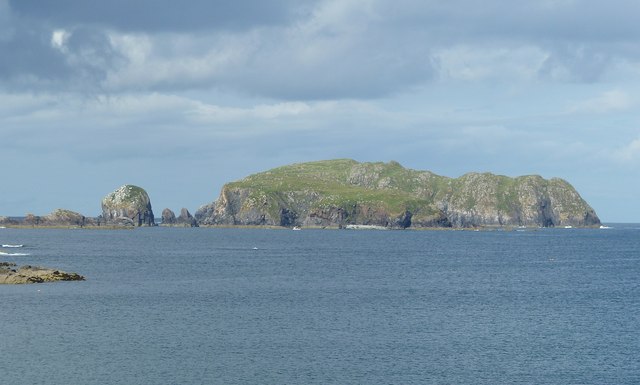
![Stac an Tùill This remarkably lumpy little stack is Stac an Tùill, it lies immediately to the southwest of Bearasaigh (<a href="https://www.geograph.org.uk/photo/2646866">NB1242 : Bearasaigh in front of Seanna Chnoc</a>). I can&#039;t find a definitive height for it, but as Bearasaigh&#039;s highest point is 58m I would estimate that Stac an Tùill achieves about 40m (c. 130ft)
[Edit] The latest OS map gives a height of 43m](https://s2.geograph.org.uk/geophotos/02/64/68/2646870_d9cfdc53.jpg)
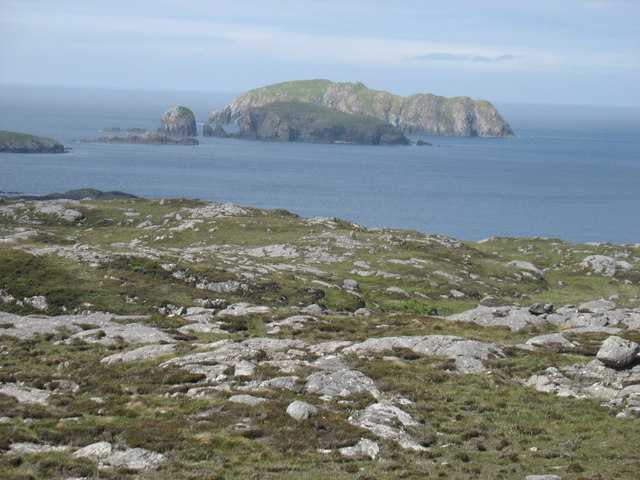
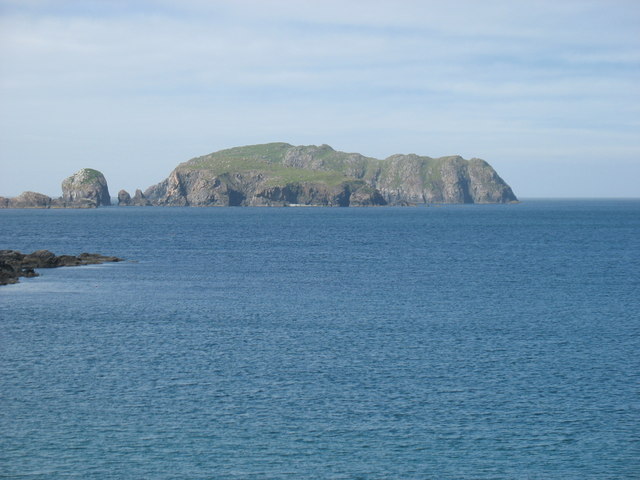
Acairsaid na Beinne is located at Grid Ref: NB1143 (Lat: 58.283774, Lng: -6.9159459)
Unitary Authority: Na h-Eileanan an Iar
Police Authority: Highlands and Islands
What 3 Words
///adjuster.onlookers.generally. Near Carloway, Na h-Eileanan Siar
Related Wikis
Seanna Chnoc
Seanna Chnoc (English: "old hill"), correctly known as Seana Bheinn is an islet in outer Loch Ròg, Lewis, Scotland. It lies north west of Great Bernera...
Bearasaigh
Bearasaigh or Bearasay (and sometimes Berisay) is an islet in outer Loch Ròg, Lewis, Scotland. During the late 16th and early 17th centuries it was used...
Flodaigh (Outer Loch Ròg)
Flodaigh is an islet in outer Loch Ròg, Lewis, Scotland. It lies north west of Great Bernera and Little Bernera, south of Bearasaigh and Seanna Chnoc and...
Campaigh
Campaigh or Campay is a steep and rocky islet in outer Loch Ròg, Lewis, Scotland that lies north of Cealasaigh and Little Bernera. A huge natural arch...
Cealasaigh
Cealasaigh or Kealasay is an islet in outer Loch Ròg, Lewis, Scotland that lies north of Traigh Mhór on Little Bernera and south of Campaigh. To the west...
Little Bernera
Little Bernera (Scottish Gaelic: Beàrnaraigh Beag) is a small island situated off the west coast of the Isle of Lewis in the Outer Hebrides.Little Bernera...
Bernera Riot
The Bernera Riot occurred in 1874, on the island of Great Bernera, in Scotland in response to the Highland Clearances. The use of the term 'Bernera Riot...
Pabaigh Mòr
Pabay Mòr or Pabaigh Mòr is an uninhabited island in the Outer Hebrides of Scotland. == History == The island's name comes from papey, an Old Norse name...
Nearby Amenities
Located within 500m of 58.283774,-6.9159459Have you been to Acairsaid na Beinne?
Leave your review of Acairsaid na Beinne below (or comments, questions and feedback).
